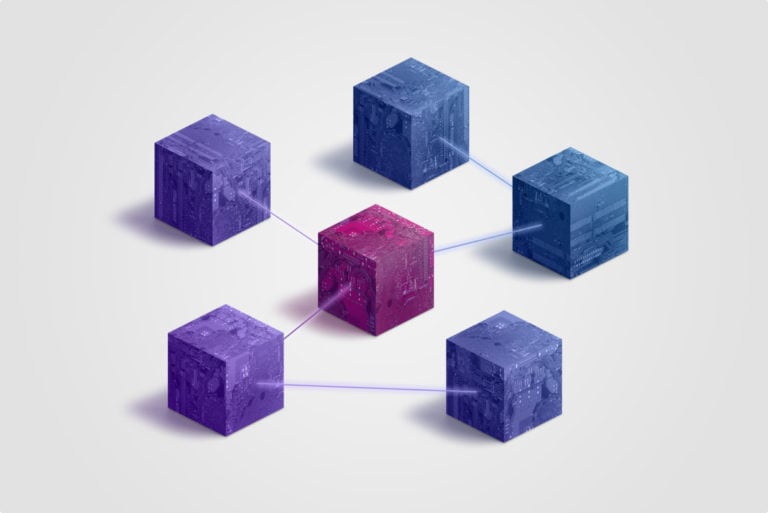Every day, millions of people are exposed to information. Some information is useless, some is useful-meaningful. Some information is presented in the form of text, some – in the form of figures and graphics, some combines text and graphics. There is the concept of infographics.
Detailed concept and essence of infographics
Infographics surround people everywhere. You can meet informational pictures on the road in the form of road signs, in shops, on the streets in the form of road signs and stands with information. The metro map will also apply to infographics.

Thus, infographic content is not just a drawing, but a useful and meaningful drawing, with the help of which a person quickly assimilates the necessary information, orients himself on the ground or under certain circumstances.
In what areas is it used?
- Infographics allows you to advertise a product;
- It is distributed in offices and other administrative non-residential premises in the form of safety instructions;
- It can be used to make an accent in the news feed;
- You can present meaningful information to employees and customers;
- Make the design of the recipe;
- Make registration of statistical data, research results;
- Used for educational purposes, used in manuals and teaching aids;
- You can regulate traffic, help pedestrians and drivers navigate the terrain.
Variations
Infographics can be safely categorized as useful content. It simplifies people’s lives, is simple and easy to remember. Infographics can be in the form of a poster, instructions, maps. There are five basic types of infographics.
- Digital or analytical. It is used in the compilation of statistical data. In the image, in addition to the main picture, there are graphs, diagrams, diagrams, numbers.
- News. Used when creating news reports, contains the most important information.
- Constructive. It is used for a visual representation of a complex object or thing, for example, the components of a ship or aircraft.
- Advertising. Used by manufacturers of goods to advertise products. Demonstrates the benefits, properties, characteristics of the product.
- Comparative. Used to compare objects of the same type, but different in appearance, parameters, characteristics.
Weaknesses
Like anything, infographics have their drawbacks.
- Creating infographics is a time-consuming and costly process. It is much easier and cheaper to print the text, providing it with numbers and diagrams. To create high-quality infographics, you need a creative person with developed design thinking. Finding a specialist who is able to come up with and create high-quality infographics is not an easy task;
- Infographics reveals and reflects information in an unreliable, generalized, schematic way. Some information requires specifics, otherwise it will be perceived incorrectly. Infographics are not suitable for accurate, complete data;
- If an infographic is not done properly, a person may perceive the information incorrectly, incorrectly, or misinterpreted.
How to create infographics the right way
If you wish, you can earn money by creating infographics. Finished projects can be put up for sale. The cost of one infographic depends on the content, relevance of the image and other factors.

It is highly recommended that you familiarize yourself with other projects before taking on the design and creation of infographics. You can read special training materials or books written by designers to understand the essence of the work. You shouldn’t hurry. A hastily made project will certainly not meet the expectations of customers and potential buyers.
- Before creating infographic content, you need to decide on the material.
- You should come up with a name, formulate headings, write down facts, figure out which pictures, diagrams, diagrams to use.
- After the content structure is worked out, it is necessary to choose an appropriate template. You can come up with and make your own template, you can use the ready-made version.
- Templates often depend on the types of infographics. When creating a template, you need to decide which fill to use, which lines and blocks to apply, which font to use. Experienced designers recommend applying and using three different fonts, which will increase attention.
- To make the basic theses memorable, it is better to use high-quality images and illustrations. Pictures can be used ready-made or draw an illustration yourself. Author’s images are valued higher.
Bad infographic examples
Not everyone is born as a born designer and it is acceptable that the first images will not turn out as the developer wishes. Do not be discouraged, because the first pancake is lumpy. It is necessary to analyze the common mistakes designers make when creating content.
Common mistakes:
- Data is provided that is confusing or does not make sense. Content is needed so that a person remembers and assimilates useful and meaningful information that should be useful. There is no need to fill the content with information that no one needs or is obviously unreliable.
- Overloaded with graphical tools. The use of such graphical tools as schemes, graphs, charts, blocks in infographics should be uniform. Do not abuse this and cram too many diagrams and diagrams into the template. Overloading will complicate the visualization of the viewer and lead to the fact that the person will not understand anything, therefore, the content will be meaningless.
- Text overload. There is not much text. But this rule does not apply to infographics. It is necessary to highlight the basic theses from the text. If you overload the content with text, a person will not be able to cover the entire scale of information.
- Incorrect selection of colors. A large number of colors and shades makes infographics confusing, difficult to read and assimilate. Designers do not recommend using more than four colors in one content. It is better to use shades that are pleasant to the eyes, not annoying (green, blue, lilac).
- Crowding with icons, images. Content should be useful information. If infographics contain only images without explanations, this will certainly cause bewilderment and misunderstanding of people. For example, the image of a firearm will not be perceived by students. If you add brief abstracts to the image, write down the name of each part, detail of the weapon, then it will be much clearer and easier to remember and assimilate the information.
How much you can earn on infographics
You can make money by creating and selling infographics. The question is what will be the income and is the game worth the candle? The amount of earnings directly depends on several factors. First of all, potential customers will look at the skills of the developer. Preference is given to certified designers. Naturally, a professional designer will cope with the order better than a beginner who is far from design. But there are exceptions. It is necessary to prove yourself, to recommend from the positive side, to promote products.
Another factor is the quality of the image, the importance of the subject, the location of the developer. As statistics show, in Moscow and the Moscow region, a specialized designer can earn 60-80 thousand rubles, which cannot be said about remote regions of Russia. In Siberia, a designer will earn no more than 30,000 rubles.
Conclusion
The assimilation and memorization of information depends on its presentation. If it is reasonable to place the text, providing it with illustrations, figures, diagrams, then you can get a benign infographic. Content should be useful, be of value, carry knowledge.
You can earn money by creating infographics. Before developing and creating content, it is better to familiarize yourself with the training material, study books on the process, and be inspired by other people’s design work. The process of creating content should be approached thoroughly, not in a hurry, to create useful content with a unique author’s style.














